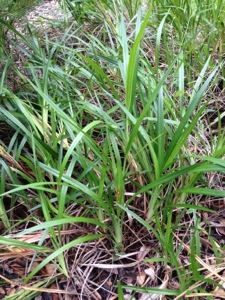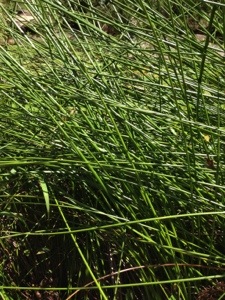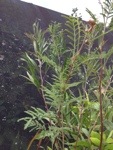-
D is for Dianella longifolia
D is for dianella longifolia, aka pale flax lily… This plant has a strong linear fibre in its dark green strappy leaves, which dry to an olive green colour. It’s great for contrast in an exposed core coil weave. D is also for dendrocnide excelsa, …
-
C is for cordyline australis
This cordyline has leaves that are amazingly strong – they can be easily split with a fingernail or needle and used as thread in a coil weave, or as a core fibre. The flatness of the leaves are conducive to flat weave experiments, but I …
-
B is for Baumea rubiginosa
B is for Baumea rubiginosa. It’s worth repeating the heading because in my book, this is a superb fibre to work with. A long, dark green, round reed with a pointed tip and a pinky purple tinge to the base of the stem, this plant …
-
An A-Z of weaving plant fibres
Plant fibres are amazing things, especially when you can use them to weave! So I have decided to go on a journey to discover which of these particular fibres grow in our gardens around the Sunshine Coast. The local Sunshine Coast Council has come to …
+61 438 162 552

Archives
Please leave your shoes at the door.






